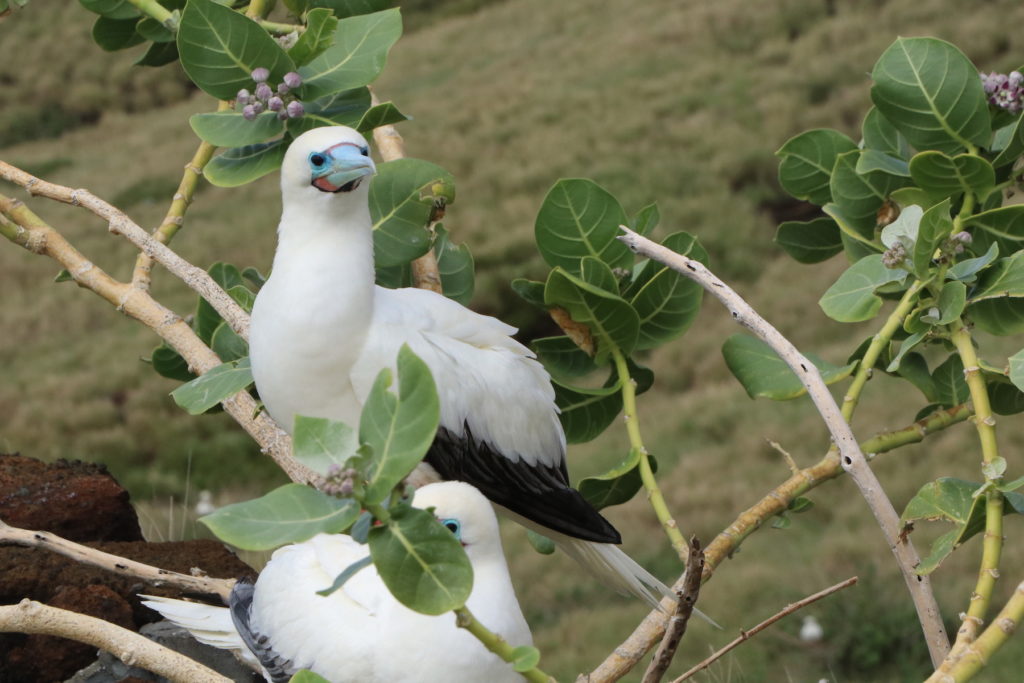Sierra Club Loss: Last month, 1st Circuit Judge Jeffrey Crabtree ruled against the Sierra Club’s Hawai‘i Chapter and in support of the Board of Land and Natural Resources’ decisions in 2018 and 2019 to grant revocable permits for the continued diversion of East Maui stream water for domestic and agricultural uses in Central and Upcountry Maui.
The group had argued that the board’s decisions failed to adequately protect 13 streams that were not included in a 2018 Commission on Water Resource Management decision on interim instream flow standards for about two dozen other diverted streams.
The Sierra Club had also argued that the board allowed Mahi Pono, which plans to expand diversified agriculture on Alexander & Baldwin’s former sugarcane lands, to divert much more water than it actually needs.
Judge Crabtree, however, found the limits the Land Board set on total diversions to be reasonable, even though they were much higher than what Mahi Pono actually used.
“[T]his fact does not mean it was improper for the BLNR to rely on Mahi Pono’s initial estimates in setting the 45 MGD limit. … Mahi Pono was essentially starting from scratch, during a historic change, in a new market where the actual use of water depends on variables that Mahi Pono has little control over. Realistically, the court concludes that Mahi Pono deserves some time and mileage to gain experience and figure things out,” he wrote.
The judge also noted that barring diversions from the 13 streams “could mean A&B would be forced to reopen diversions in the Ke‘anae and Nahiku areas that were previously closed [in accordance with the CWRM decision]. On the other hand, continuing to allow the 13 streams to be diverted did not necessarily mean that native species would not be able to migrate in those streams if there was sufficient flow from freshets and storm events. This is a classic balancing and the court is persuaded and finds and concludes that applying the applicable law, it was not unreasonable for the BLNR to balance these considerations as it did.”
Rat-Free Lehua: On April 21, the Department of Land and Natural Resources announced that Lehua Island off Kaua‘i is free of invasive rats after an eradication effort that started in 2017.
The effort, which involved the dropping of pellets of the rodenticide diphacinone via helicopter, was the state’s second attempt at ridding the island of rats.
“After extensive on-island monitoring, we’re 99.99% certain there are no more rats on Lehua, which builds on the successful removal of invasive herbivorous rabbits, and secures a future for Hawai’i’s wildlife and ecosystems,” said Sheri S. Mann, the Kaua‘i branch manager for the DLNR Division of Forestry and Wildlife (DOFAW) in a press release.
After the initial rodenticide application in 2017, a small number of rats persisted on the island. After additional baiting in small areas and trapping, however, rats have not been seen on the island for more than two years, according to Dr. Patty Baiao of the non-profit Island Conservation, which was the project’s technical advisor.
The island supports one of the largest and most diverse seabird colonies in the Main Hawaiian Islands, including 17 species, the release states.
“During prime summer nesting season hundreds of thousands of birds may be on Lehua at any given time. In the winter, Red-Footed Boobies and Laysan Albatross are among the dominant birds on the island. The partners hope that Lehua might host the endangered Newell’s Shearwater, which has been found attempting to nest on the island but was unsuccessful due to rat predation,” it continues.

The eradication was a joint effort of the DLNR, Island Conservation, state Department of Agriculture, U.S. Fish and Wildlife Service, U.S. Department of Agriculture, U.S. Coast Guard, and the owners of Niʻihau.


Leave a Reply